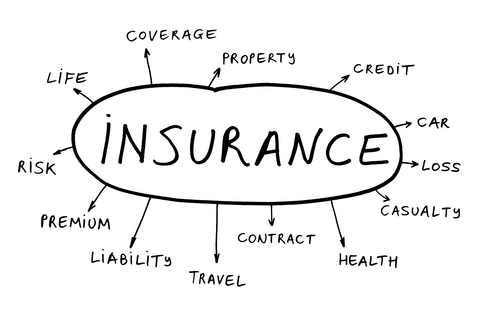Affordable Care Act (ACA) Plans are available in all counties and include:
- Medical coverage includes in-network doctor visits, urgent care, and both in and out of network emergencies.
- $0 preventative services such as well-woman visits, immunizations, flu shots, and more.
- Coverage for pre-existing conditions.
- Government financial help.
What do all the ACA plans have in common?
All ACA plans are MANDATED to cover 10 essential benefits. These 10 essential benefits include health care services such as:
- Emergency services
- Hospitalization
- Out-patient services
- Maternity and newborn care
- Mental Health, Behavioral health, and substance use disorder services
- Prescriptions drugs
- Rehabilitative and habilitative services
- Laboratory services
- Pediatric services, including oral and vision care
- Preventative and wellness services and chronic disease management.
So long as you purchase an ACA plan, these 10 health care benefits will be covered in some shape or form. However, keep in mind that insurance companies are free to choose how they cover these benefits. This means you may still have to meet a deductible, pay a copayment, etc, so always be sure to check plan details!
How to Choose a Plan
It’s important to do your research before making any decisions about the type of ACA plan that could be right for you and your family. Consider these points when deciding:
Review your health. How much healthcare you need is an important factor in choosing a health plan. if you know you’re going to need a medical procedure or you have a health condition, consider those costs when choosing a health plan.
Know what’s included. Every health plan has a Summary of Benefits and Coverage (SBC). It provides information about deductibles, out-of-pocket limits, and covered services. It’s like a nutritional label for a health plan.
Check the plan’s network. Check to see if your doctor is in the network for the plan in question. If not, are you ok with changing doctors? Not all doctors are in all ACA plan networks. It’s important to know that visits to doctors who are not in your plan’s network are not covered.
Plan your spending. Spending less on monthly premiums typically means you pay more when you need medical services. Plus, you may have a higher deductible. On the other hand, paying more each month for your premium may mean you have a lower deductible and spend less out of pocket. What works best for you?
Financial Help
9 out of 10 Arizonans are eligible for financial help*. Find out if you qualify for subsidies available from the federal government:
- Premium tax credit – This helps pay for all or part of your monthly premium depending on your household income. Income ranges that qualify for a $0 premium health plan or financial help are outlined in the chart below.
- Cost-share reduction – A discount on your deductibles, copayments, and coinsurance; available on Silver plans only for those who make less than 250% of the federal poverty level (FPL).
Key Takeaways Regarding Financial Help
Under the Affordable Care Act (ACA), you may qualify for premium subsidies — discounts that reduce the monthly costs of your health insurance plan.
-
Subsidies are tax credits based on your estimated income in a coverage year. If your actual income is more than expected, this may result in a higher tax bill later.
-
There are income limits to qualify for financial help on your monthly premium. If your household income is too high, you won’t qualify for savings.
-
Changes to your income also can alter the amount you pay each month for your ACA health plan. Less income can increase the amount of financial help your household receives, and more income can reduce the amount you receive.
How does my income affect what I pay for coverage?
The ACA provides savings for low-income and moderate-income individuals and families. Generally, the less money you make, the more financial help you will receive under the law.
Families earning 100% to 400% of the federal poverty level — and sometimes more — will qualify for savings on monthly premiums. What you pay each month also depends on the plan you select.
ACA plans are organized by metal tiers: bronze, silver, gold, and platinum. Bronze plans have the lowest monthly premiums but the highest out-of-pocket costs when you receive care. Platinum plans have the highest monthly costs but the lowest expenses when you access care.
According to the Kaiser Family Foundation, more generous subsidies in 2022 now fully cover the cost of a benchmark silver plan for consumers with incomes up to 150% of the federal poverty level. This same group also receives extra savings (which are only available when enrolled in a silver plan) that greatly reduce deductibles and copays to costs similar to platinum plans.
Subsidies are based on your estimated income in a coverage year, but your actual income could be higher or lower. If your earnings are less or more, your premium tax credit could be adjusted. For example, if you earn more than you estimated, you may have a higher tax bill because you received too much subsidy. To avoid this, make sure you report income changes throughout the year.

